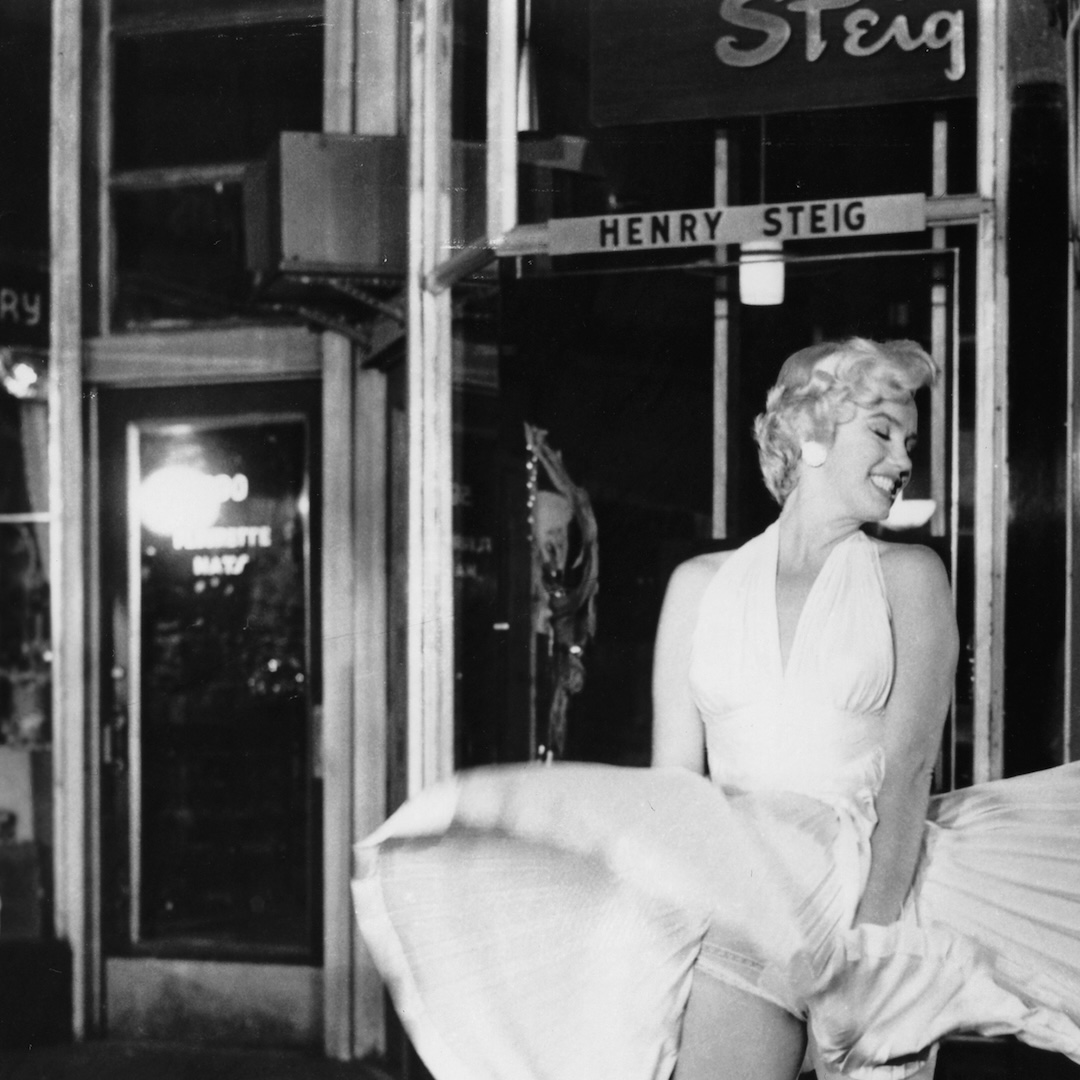Creem: America’s Only Rock ‘n’ Roll Magazine (2019) – The Rise and fall of the Rock Magazine
January 25, 2021 By Go Back75 minutes. That’s all you need.
Capturing the messy upheaval of the 70s just as rock was re-inventing itself, Creem: America’s Only Rock ‘n’ Roll Magazine (2019) explores CREEM Magazine’s humble beginnings in post-riot Detroit, follows its upward trajectory from underground paper to national powerhouse, then bears witness to its imminent demise following the tragic and untimely deaths of its visionary publisher, Barry Kramer, and its most famous alum and genius clown prince, Lester Bangs, a year later. Fifty years after publishing its first issue, “America’s Only Rock ‘n’ Roll Magazine” remains a seditious spirit in music and culture.
The film traces the rise and fall of the rock magazine, which was like the younger, more adventurous brother to Rolling Stone in its heyday in the ’70s. Produced by JJ Kramer (son of CREEM co-founder and publisher Barry Kramer) and Jaan Uhelszki (original CREEM alum), directed by Scott Crawford (Salad Days: A Decade of Punk in Washington DC, 1980-90), and scored by MC5 founder Wayne Kramer, ‘CREEM: America’s Only Rock ‘n’ Roll Magazine’ rips back the curtain on legendary rock rag CREEM Magazine’s wild and disruptive newsroom; a dysfunctional band of unruly outsiders who weren’t all that different from the artists they covered.

In just one hour and 15 minutes, you’ll be back 45 years ago in the blink of an eye guided by Alice Cooper, Cameron Crowe, Joan Jett, Wayne Kramer, Michael Stipe, Paul Stanley, Gene Simmons, Kirk Hammett, Thurston Moore, Peter Wolf and many more to capture the messy upheaval of the ’70s just as rock was reinventing itself.
The project was launched with a crowdfunding campaign four years ago. It had its world premiere at SXSW festival in 2019 and its Detroit premiere on opening night of Detroit’s Freep Film Festival in 2019, drawing more than 1,000 people to the Fillmore concert hall, and went on to play film festivals around the country. Now it’s available to stream whenever you are.
Pearl Jam’s Jeff Ament, Kirk Hammett of Metallica, Chad Smith of the Red Hot Chili Peppers were early readers, keen to reach into the world of sex, drugs and rock and roll, and sometimes not in that order. As the movie so conclusively proves, music itself would be very different if it wasn’t for this office of misfits, creating a magazine for them, for their readers, for the fans, for you and me.
Overburdened with young, fresh, and rambunctious talent, along with Lester Bangs, the doc follows the adventure of a 19-year-old college-radio DJ named Dave Marsh who quickly was made editor-in-chief. Marsh later was involved in organizing and maintaining the Rock and Roll Hall of Fame in Cleveland, Ohio. That was the corporate world taking to Marsh. He also referred to the Grateful Dead as the “worst band in creation.” THAT was CREEM Magazine talking.

During the early 1970s, Bangs and some other writers at CREEM began using the term punk rock to designate the genre of 1960s garage bands and more contemporary acts, and his writing would provide some of the conceptual framework for the later punk and new wave movements that emerged in New York, London, and elsewhere later in the decade. He was dialed-in, and quick to pick up on these new movements at their inception and provide extensive coverage of the phenomenon. Bangs was edgy, risk-taking, and enamored of the noise music of Lou Reed and CREEM gave significant exposure to artists such as Reed, David Bowie, Roxy Music, Captain Beefheart, Blondie, Brian Eno, and the New York Dolls years earlier than the mainstream press. In the mid-1970s, CREEM and hard rock and metal were matches in heaven, among the earliest publications to give sizable coverage to artists such as Motörhead, Kiss, Judas Priest, and Van Halen.
But for all the feeling the magazine was an all-boys club (it kinda was), it also gave female writers like Lisa Robinson, Roberta Krueger, and Jaan Uhelszki (also a co-producer) both the start to their own long and respective careers.
It takes just a short, sharp 75 minutes to reveal the sheer scope of Creem Magazine’s skills to harken back to a time when rock and roll was fun, dangerous, stupid, biting, lurching and then bolding proclaiming in an artistic mission statement ‘Gabba Gabba Hey’ in the loudest of voices.
More than fifty years after publishing its first issue, CREEM remains a seditious spirit in music and culture. Variety said “this compact, well-crafted documentary will no doubt make viewers comb eBay and garage sale print stacks for all the old CREEM issues they can find.”
Eric Alper is a 6-time nominee for Publicist of the Year during Canadian Music Week, a 16-time JUNO Award winner overseeing PR campaigns, the host of @ThatEricAlper on SiriusXM, and still has his Jerry Lee Lewis 45 he bought at the age of 7.












 Follow us on Instagram
Follow us on Instagram